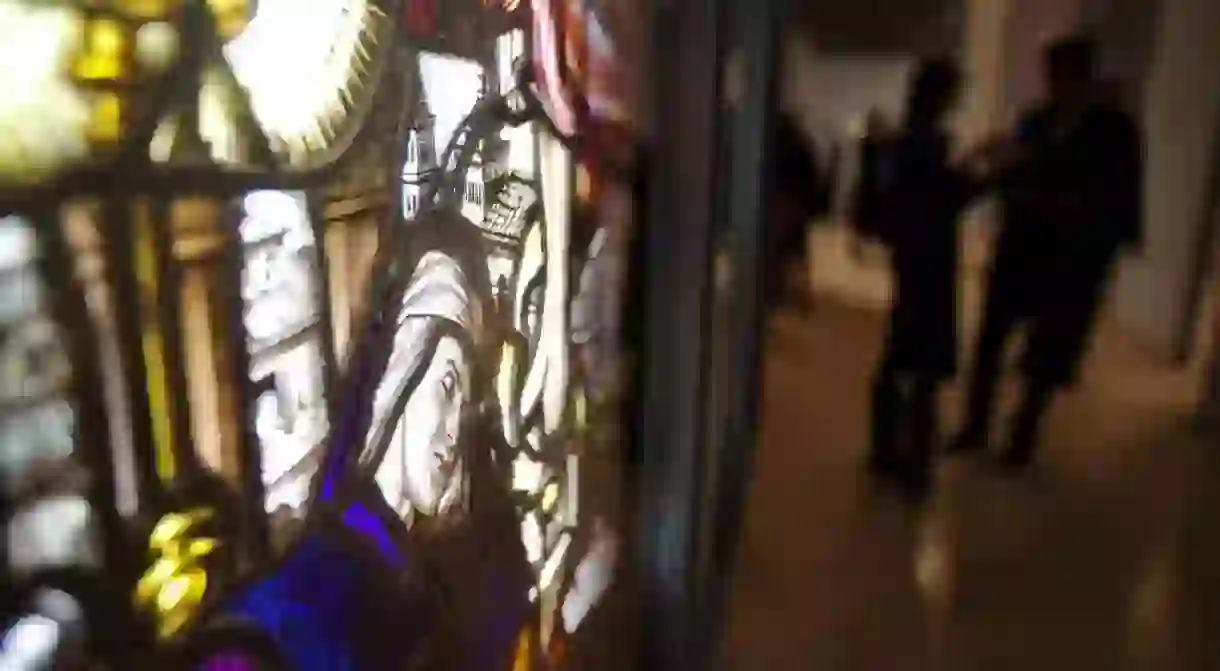10 Things You Never Knew About The Pre-Raphaelite Movement

Today, many people use the phrase ‘Pre-Raphaelite’ as an adjective to describe varying aspects of British art, forgetting the true reasons as to why the brotherhood, as it was known, was a social, political and cultural phenomenon. By harnessing the avant-garde before there was avant-garde, the movement’s far-reaching impact on social thought, artistic ability and the little-known facts that caused their celebrity status are worth every bit of your attention.

Rebellion
The Pre-Raphaelite Brotherhood actually began as a social reform rebellion amidst the heat of social uprisings across Europe. The establishment of the group came at a time when England was experiencing mass industrialisation, urbanisation and resulting political and social upheaval.

Campaign
While today the Pre-Raphaelites are widely accepted to have been concerned solely with artwork, what really made them avant-garde was their position as a campaigning group. They published their ideas and concerns in a journal known as ‘The Germ’ enabling them to spread their ideas to wider society through more than just one medium.

The Brotherhood
The founding members; namely John Everett Millais, William Holman Hunt and Dante Rossetti formed a secret society, calling themselves the ‘Pre-Raphaelite Brotherhood.’ They signed their paintings ‘PRB’ along with their own signatures, yet refused to explain the additional mark, thus piquing the curiosity of the art-market at the time. You can see in the lower right-hand corner of Millais painting above, PRB is written on the leg of Isabella’s chair.

Raphael
The name ‘Pre-Raphaelite’ refers to the Renaissance painter Raphael (1483-1520) who was described as the zenith of artistic achievement in their lessons at the Royal Academy. Raphael’s ‘The Transfiguration’ (1518-1520, Vatican Museums) served as a touchstone for their rejection of Raphaelite artistic ideals. Hunt condemned ‘its grandiose disregard of the simplicity of truth, the pompous posturing of the apostles and the unspiritual posture of the savior.’ The Pre-Raphaelites prioritised the paining of the natural world, and encouraged the viewer to consider purity versus corruption, social and individual morality, piety and relationships, free from academic affectation.

The Year Of Revolution
The year the Brotherhood was established (1848) became known as the ‘Year of Revolution.’ The wave of revolution began in France and spread throughout Europe, caused by social and political dissatisfaction, middle and working class demands for democracy, freedom of speech and other liberties, conditions that undoubtedly influenced the movement.

The Royal Academy
The movement’s members were colleagues at the Royal Academy and thus respected amongst their fellow artists and teachers. However, their iconoclasm lead them to dishonour the Academy’s founder, Sir Joshua Reynolds, by calling him ‘Sir Sloshua.’ Due to their radical ideals, the establishment opposed their endeavours to overturn the status quo.

John Everett Millais
Founding member John Everett Millais was a child prodigy. At the age of nine his mother became aware of his impressive drawing abilities and decided to move to London, where he was granted entry to the Royal Academy at the age of eleven. This made him the youngest student ever admitted.

Lizzie Siddal
Lizzie Siddal was, in some respects, the Pre-Raphaelite pin-up girl for her position as muse for many of the Brotherhood’s members (mostly Rossetti as well as Millais) caught pneumonia while posing in a bathtub. Although the bath was usually kept warm while Millais was painting, on one occasion Lizzie did not mention that the oil lamps had gone out, causing the bath to become cold and resulting in a bout of pneumonia.

Dante Rossetti And Lizzie Siddal
Rossetti and Siddal married in 1860; however, their relationship was riddled with misfortunes, including the loss of a child. Siddal’s life came to a tragic end as the result of a Laudanum overdose a year after the death of her child. Today, this information tends to overshadow her ability as an accomplished artist. As art at the time was largely a male occupation, Siddal’s recognition as an artist, and not just a muse means that she was a pioneer of accepted female creativity in her own right.














